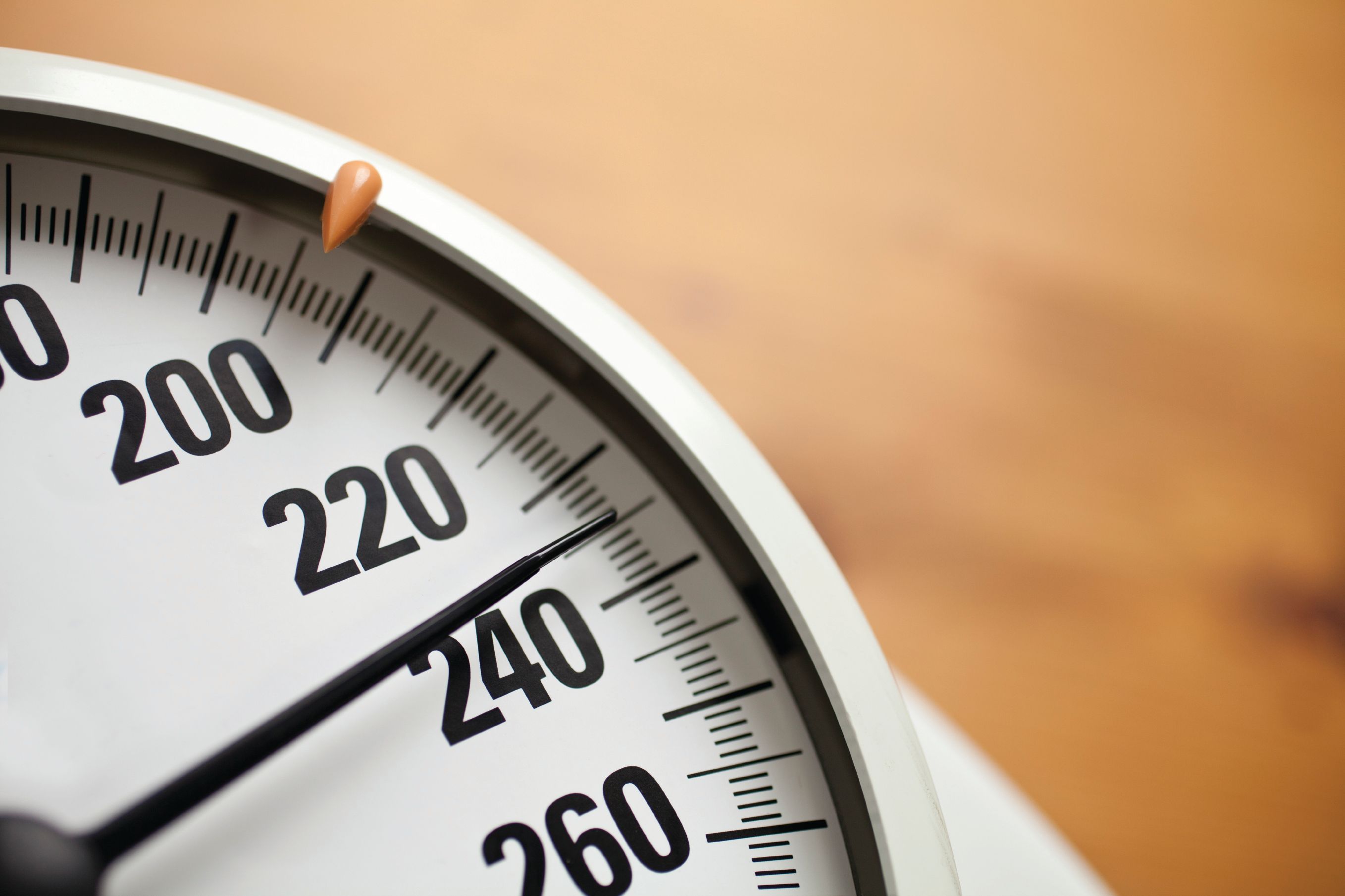Article
"Move More, Sit Less" Messaging Effective Approach for Weight Loss in Obesity
Author(s):
A new trial from Wake Forest University underlines the importance of messaging and individualized approaches to achieve weight loss among older patients with obesity.
Jason Fanning, PhD

New research from Wake Forest University is providing insight into the effects of messaging on weight loss outcomes, particularly achieving optimal levels of exercise and movement, among older adults with obesity.
An 18-month randomized clinical trial assessing multiple physical activity interventions on weight loss and weight regain, results of the study indicate emphasizing an approach aimed at reducing sedentary time by engaging in frequent, less intense bouts of physical activity—called the SitLess approach—was associated with significant weight loss and improvements in total activity time compared with the other approaches examined in the study.
“This research is relevant for clinicians and other healthcare providers interested in supporting long-term weight loss among older adults, and for older adults who are personally interested in weight loss and avoiding weight gain,” said Jason Fanning, PhD, assistant professor in the Department of Health and Exercise Science at Wake Forest University, in a statement from The Obesity Society.
With the growth of obesity rates, and by extension the burden on health systems, expected to continue, optimizing individualized approaches to weight loss among patients with overweight or obesity have become a main focus of many research efforts. Conducted by Fanning and a team of a colleagues from the Wake Forest School of Medicine, the trial was designed to compare the effects of 3 different approaches to weight loss among males and females aged 65-86 years from Forsyth County, North Carolina and the surrounding area.
Recruitment for the trial was done through local advertisements and took place in 6 waves between 2016 and January 2019, with the final follow-up completed in September 2020. The 3-group, single-blind trial had a recruitment goal of 180 men and women with a BMI of 30-45 kg/m2. A total of 1655 patients were screened and 183 participants underwent randomization in the study.
Investigators noted all participants agreed to complete a baseline screening, which included a medical history review, physical exam, cognitive and depression screening, fasting blood draw, and 12-lead resting ECG followed by a CPET to exhaustion. Additionally, a Fitbit Alta activity monitor was given to all participants at least 2 weeks prior to the start of the intervention and paired with a mobile health application (mHealth) tailored to each intervention arm.
The 3 interventions examined in the study were dietary weight loss plus aerobic exercise, weight loss plus SitLess, and weight loss, aerobic exercise, and SitLess. The dietary weight loss intervention was designed to achieve a 7-10% weight loss from baseline body mass. Content provided to patients in the SitLess group was focused on optimizing patterns of movement, such as a daily step goal or emphasizing light movement during sedentary activities. Aerobic exercise programs were designed to elicit engagement in moderate intensity exercise 4-5 days per week with a goal of progressing to 200 minutes per week.
Due to the COVID-19 pandemic and stay-at-home orders, only patients who were recruited within the first 4 was of the recruitment were included in final analyses. Of the 120 included in final analyses, 40 were randomized to weight loss plus aerobic exercise, 41 were randomized to weight loss plus SitLess, and 39 were randomized to weight loss, aerobic exercise, and SitLess. This group had a mean age of 70.0±4.7 years, a mean baseline BMI of 35.4±3.6, and 81.7% were female. Investigators noted baseline data indicated 67.5% of participants had hypertension, 12.5% had diabetes, 68.3% had osteoarthritis, and 34.2% had sleep apnea.
At the end of the 6-month intervention period, significant weight loss was observed among all intervention arms (P <.001) with no group differences. This significant weight loss across all groups was also observed at the 18-month follow-up (P <.002), with mean weight loss at 18 months ranging from 4.3 kg among the weight loss and exercise group to 6.4 kg among the weight loss plus SitLess group.
Further analysis suggested participants in groups that included a SitLess approach had improved total activity time (P <.05) while those who received aerobic exercise had improved moderate-to-vigorous activity time (P=.003). During the 12-month maintenance period following the intervention, results indicated those who received weight loss plus aerobic exercise experienced greater weight regain (5.2 kg; 95% CI, 3.5-6.9) than those who received weight loss plus SitLess (2.4 kg; 95% CI, 0.8-4.0).
“This is encouraging evidence that “moving more, more often” is beneficial for inclusion in weight loss and weight maintenance efforts for older adults. This form of treatment option may be perceived as more accessible and feasible for people pursuing sustained weight loss since it does not require structured exercise sessions and should be explored in future research. Simplification of guidance regarding exercise to “move more, more often” to sustain weight loss is promising for clinical practice and public health efforts moving forward,” said Alexandra Lee, PhD, post-doctoral scholar in the Department of Kinesiology at The Pennsylvania State University, in the aforementioned statement.
This study, “Intervening on Exercise and Day-long Movement for Weight-loss Maintenance in Older Adults: A Randomized, Clinical Trial,” was published in Obesity.

FDA Approves Crinecerfont for Congenital Adrenal Hyperplasia



